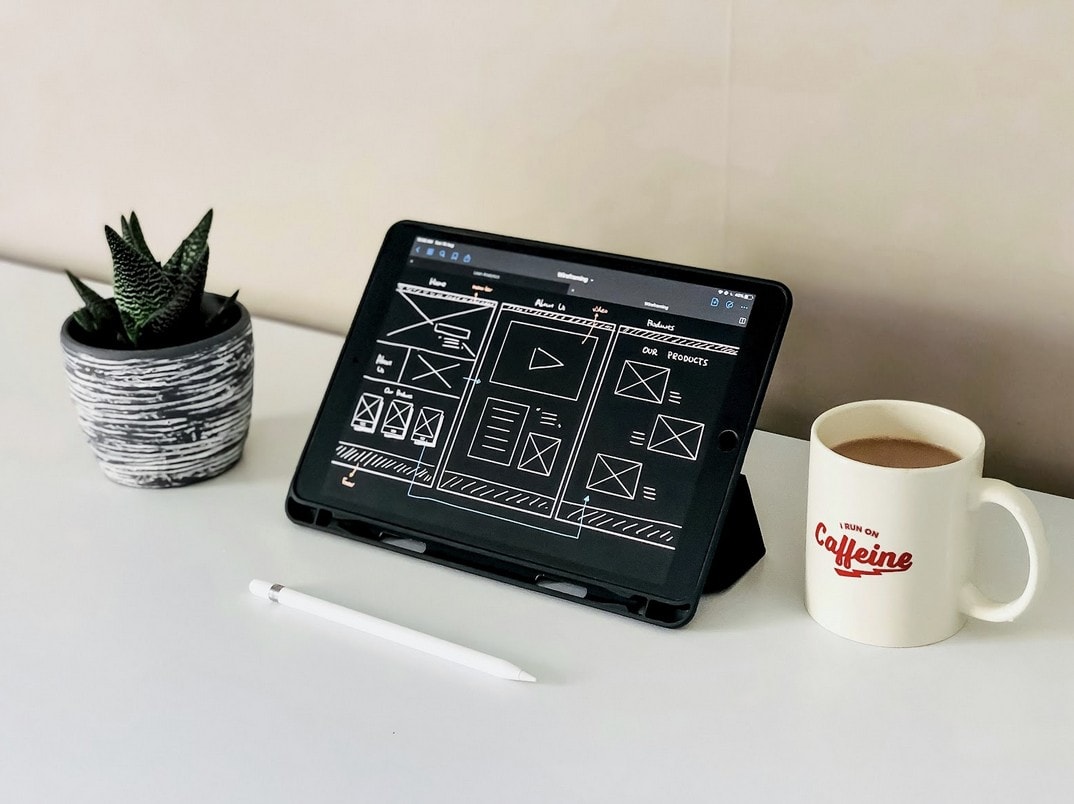High-quality images can be the difference between a mediocre website and one that stands out from the crowd. They play a crucial role in capturing the attention of visitors and conveying the desired message effectively. Whether you are a blogger, business owner, or simply someone looking to enhance their website aesthetics, this guide will provide you with valuable tips and techniques to create stunning website images.
From choosing the right file format to implementing composition techniques, we are going to cover all the essential aspects to make sure your website photos are of the best quality and are optimized for the web. So, let’s get down to the best seven tips to make professional-looking website pictures.
1. Publish Only High-Quality Images
The foundation of creating high-quality website images lies in using images of the highest resolution. You can start by investing in a good camera or hiring an experienced photographer to capture sharp and clear images. It is better to avoid using blurry or pixelated photos on your pages, as they can make your website look unreliable and less professional.
If you don’t use stock images and prefer shooting website photos on your own, you can adjust their quality in post-production. There are lots of feature-rich programs you can try. If you want an easy-to-use tool, you’ll find plenty of them in this article about photo editing software for beginners. For seasoned photographers, Luminar Neo and Adobe Photoshop might be suitable options to choose.
2. Use the Right File Type
Choosing the appropriate file type for your website images is crucial. JPEGs are ideal for photographs, as they offer a good balance between image quality and file size. However, for images with transparency, such as logos or icons, PNG or GIF formats are more suitable. And for scalable vector images, it is better to use SVGs. Selecting the right file type will ensure that your website’s images load quickly and appear crisp on different devices.
3. Seek Your Own Style
Developing a unique and consistent style for your website images can help you establish a strong brand identity. What’s more, consistency in style across your website images will create a cohesive and professional look. So, you need to experiment with different photography techniques, compositions, and editing styles to find a visual style that aligns with your website’s purpose and target audience. You should also consider the brand identity and the overall website design when defining your style. This could involve using specific color palettes, filters, and so on.
4. Implement the Rule of Thirds
The rule of thirds is a fundamental principle in photography. It involves dividing an image into a grid of nine equal parts and placing points of interest along the grid lines or at their intersections. The intersecting points of these lines are known as the “power points.” By adhering to this rule, you can create a visually balanced and engaging composition that draws the viewer’s attention to the right areas of your website images.
5. Crop Website Photos
Cropping your website images can significantly improve their impact. By eliminating unnecessary or distracting elements, you can focus the viewer’s attention on the subject of the image. When cropping your pictures, you need to consider the aspect ratio of your website and crop images accordingly to ensure they fit seamlessly into the design. Experiment with different cropping techniques, such as zooming in or creating interesting perspectives. This way, you will add visual interest and enhance the overall composition. We suggest using Adobe Express online picture editor for this.
6. Mind Whitespace

Whitespace, also known as negative space, refers to the empty areas surrounding your website images. It helps create a sense of balance, improves readability, and allows the images to breathe. Avoid cluttering your website with too many pictures or text elements. Instead, give your images room to shine by incorporating ample whitespace around them. This will create a clean and visually pleasing layout that allows your content to stand out.
7. Correct Colors
To make sure your images accurately represent your brand and evoke the desired emotions, you need to take care of color correction. You can adjust the brightness, contrast, saturation, and white balance, use the HSL sliders, etc. When you enhance the colors and tones, you make your pictures look more vibrant and appealing. By the way, it is also important to maintain consistency in color across your website.
Conclusion
Now you know more about making picture-perfect content for your website. By following the tips outlined in this comprehensive guide, you can elevate the visual appeal of your website and attract more visitors. As you can see, you need to experiment to find your style, figure out the needed format, resolution, and so on. So, launch your photo editor or graphic design tool to begin and put it all into practice right away.
